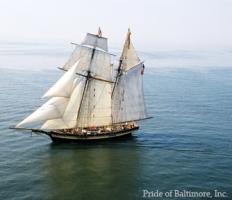 In 2016, we posted about a public-private partnership between the State of Maryland and the replica Baltimore clipper, Pride of Baltimore II. It appears likely that the partnership may not be renewed, leaving a $500,000 shortfall in funding which may curtail this year’s sailing season unless sufficient money can be raised.
In 2016, we posted about a public-private partnership between the State of Maryland and the replica Baltimore clipper, Pride of Baltimore II. It appears likely that the partnership may not be renewed, leaving a $500,000 shortfall in funding which may curtail this year’s sailing season unless sufficient money can be raised.
From the Pride of Baltimore II organization press release:
“Pride of Baltimore II remains one of the world’s most revered tall ships, delighting crowds wherever she sails,” said Pride of Baltimore, Inc. board chair Captain Eric Nielsen. “We will use 2018 to reassess the ship’s future, working closely with our partners in the public and private sectors to make sure we don’t witness the end to Pride’s wonderful history.”

 This morning around 8:32 a.m. an alert went out over an AccuWeather app to cell phones from the Gulf Coast to Maine — “Severe Weather Alert: Tsunami Warning … in Effect Until 9:48 AM ET. ” Fortunately, no massive wave was inbound for the East Coast.
This morning around 8:32 a.m. an alert went out over an AccuWeather app to cell phones from the Gulf Coast to Maine — “Severe Weather Alert: Tsunami Warning … in Effect Until 9:48 AM ET. ” Fortunately, no massive wave was inbound for the East Coast. 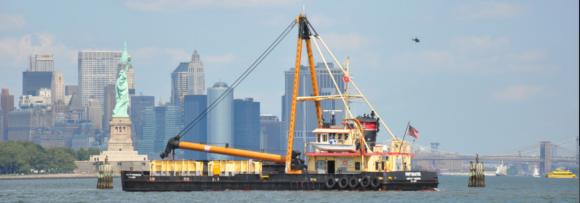
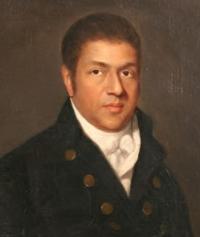 The Maritime Administration identifies Captain Hugh Mulzac as
The Maritime Administration identifies Captain Hugh Mulzac as 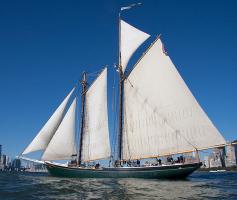 The
The 
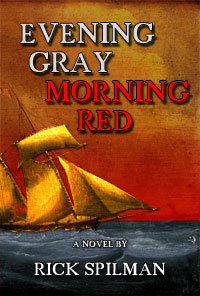 My latest novel,
My latest novel, 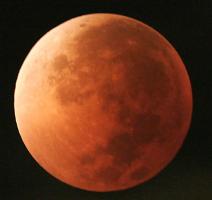 On Wednesday, much of the world will be able to watch a blue moon, a supermoon and a blood moon, all at once. A blue moon is a term for a second full moon in a given month. There was a full month on the first of January so the second on the 31st will be the blue moon, even if the pigmentation doesn’t actually change.
On Wednesday, much of the world will be able to watch a blue moon, a supermoon and a blood moon, all at once. A blue moon is a term for a second full moon in a given month. There was a full month on the first of January so the second on the 31st will be the blue moon, even if the pigmentation doesn’t actually change. Recently, we posted about the times when
Recently, we posted about the times when 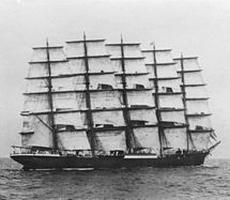
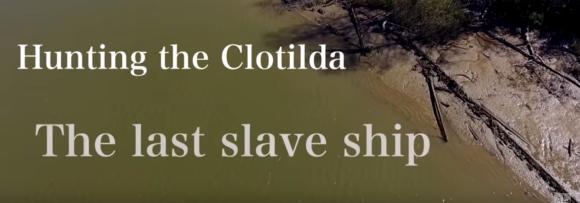 On Tuesday, a
On Tuesday, a 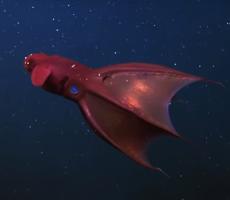 “Vampire Squid from Hell” sounds like a low budget horror movie from the 1950s. It isn’t. It is a small cephalopod which lives in the deep oceans.
“Vampire Squid from Hell” sounds like a low budget horror movie from the 1950s. It isn’t. It is a small cephalopod which lives in the deep oceans.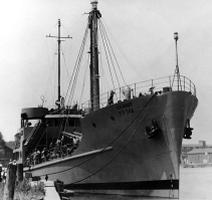 Fifty years ago today, on January 23, 1968,
Fifty years ago today, on January 23, 1968, 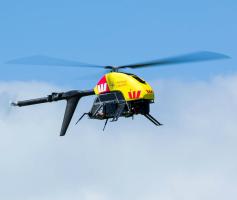 Amazon is currently testing using drones to deliver packages. Recently in Australia, lifeguards used a drone to deliver something far more vital than a package from an online retailer. They successfully used a
Amazon is currently testing using drones to deliver packages. Recently in Australia, lifeguards used a drone to deliver something far more vital than a package from an online retailer. They successfully used a 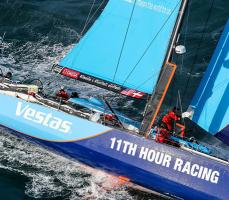 Around 30 NM from Hong Kong, the Volvo Ocean racer
Around 30 NM from Hong Kong, the Volvo Ocean racer 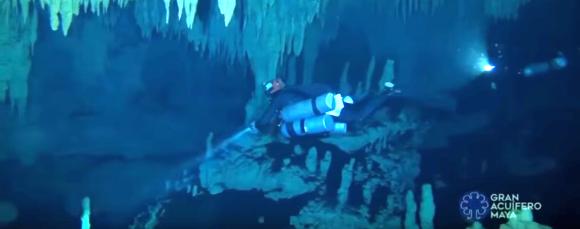 Several years ago, my wife and I went snorkeling in the
Several years ago, my wife and I went snorkeling in the